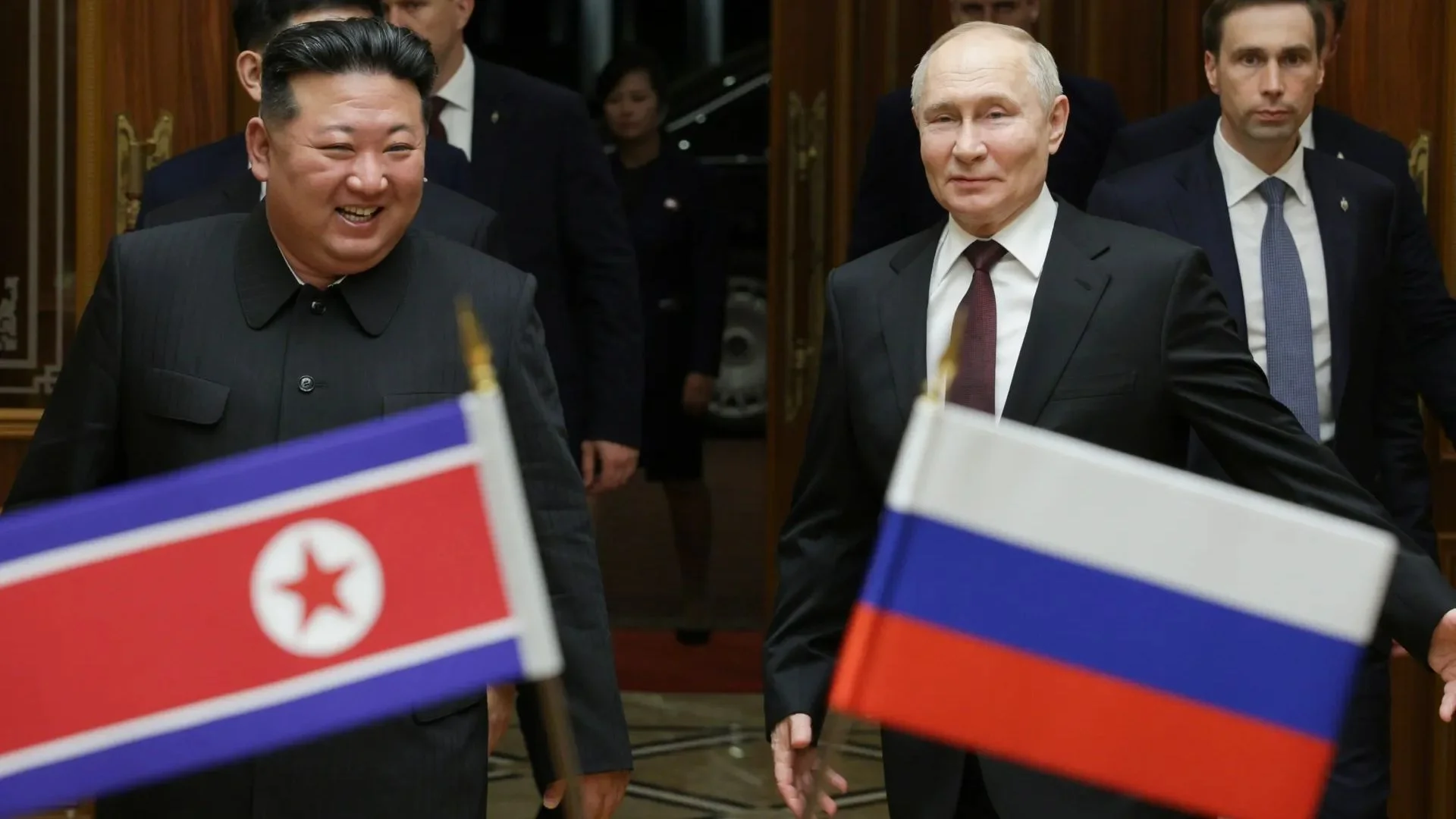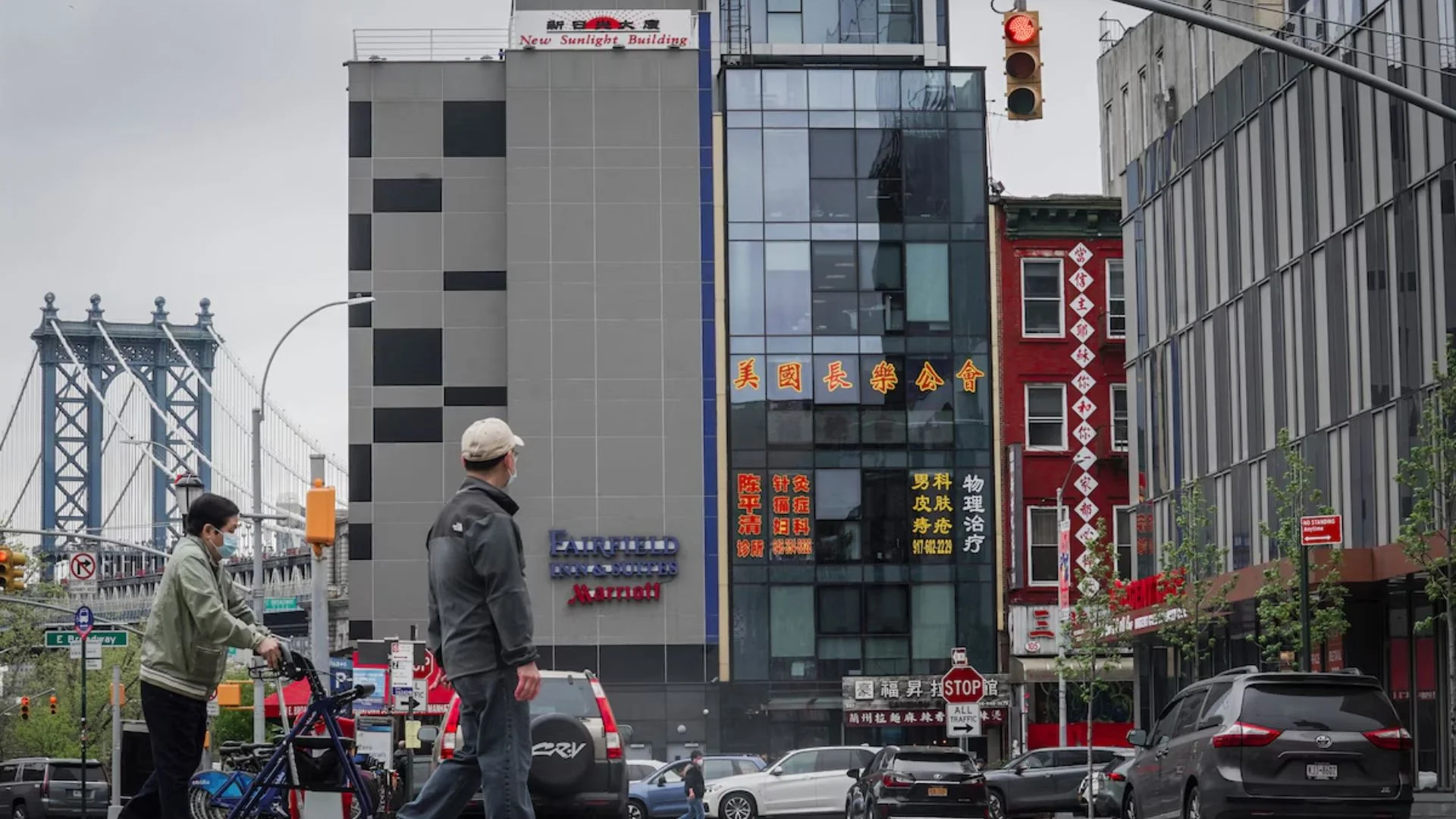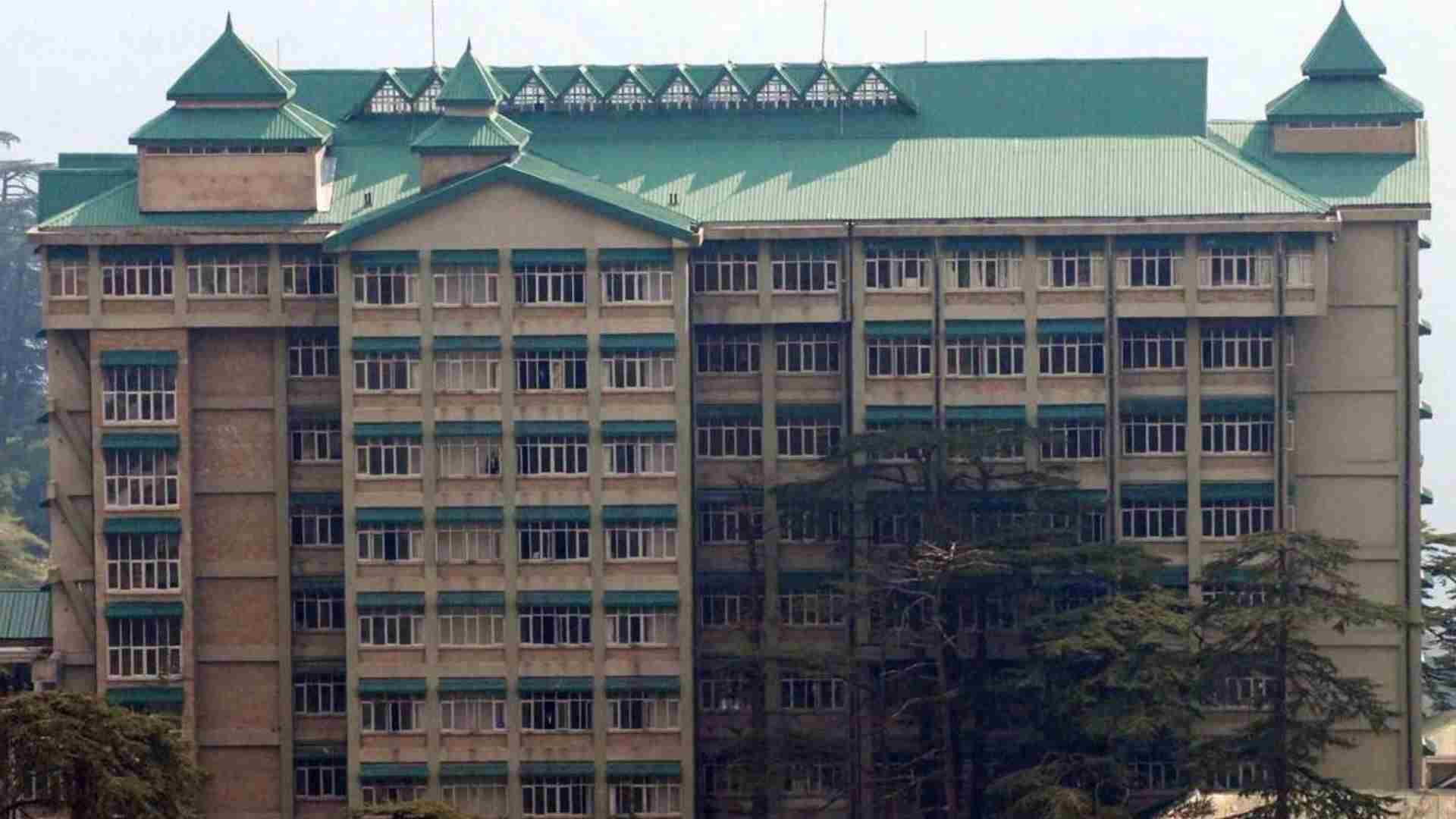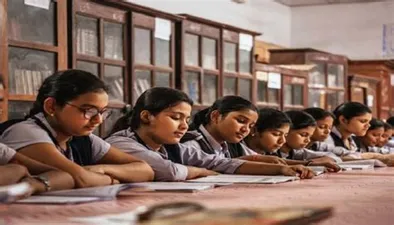
A specific and time-bound target of the new National Education Policy (NEP 2020) has been to raise the Gross Enrolment Ratio (GER) in higher education to 50 per cent by 2035. GER in higher education was around 24.94 per cent when the policy was pronounced in 2020. GER in higher education is measured as a percentage of the population in the relevant age group that is enrolled in higher education. In India, the relevant age group for higher education is taken to be 18-23 years.
The policy, thus, promised that by 2035, every other person in the age group of 18-23 years shall be in higher education as compared to every fourth at the time of drafting the policy. In other words, the policy envisaged doubling the participation rate in higher education in fifteen years. Given the fact that India had taken nearly 75 years to attain a GER of about 25 per cent while the new education policy envisions taking it to 50 per cent in 15 years alone, the policy has been applauded for setting quite a bold and ambitious target by thinking big.
It is, however, important to mention here that Independent India had inherited a GER of less than 1 per cent. Undeterred by many different kinds of challenges – resource scarcity; high population growth, series of natural calamities, poverty, and food shortages etc, the nation had the vision and toiled hard to take the GER to 27.3 per cent when the nation entered into what is now being called as Amrit Kal. But for this stride, it would have been well nigh impossible to either think big or act bold.
This aside, now is the time to look towards the future. Will the targeted growth in higher education be achieved within the timelines set by the policy? How easy or difficult would the road to expansion be? What challenges, if any, may have to be overcome? A little data crunching and an understanding of the higher education dynamics present some good insight.
As of 2020-21, the GER in higher education stands at 27.29 per cent. Higher education enrolment in absolute numbers is estimated to be 41.38 Million. Using these two figures as the basis for computation, the higher education system must expand enough to have an enrolment of 75.94 Million to return a GER of 50 per cent by 2035. Going by the All India Survey of Higher Education (AISHE) data, higher education enrolment in India has been growing at an annual rate of 3.6 per cent during 2011-12 to 2020-21 decennial. If the higher education system could sustain this rate of growth over the next 15 years, the targeted GER would be achieved by 2036. A delay of one year must not mean much in an environment where time overruns are so common. But will we be able to maintain this rate of growth?
The same data set reveals that growth in higher education enrolment during the decennial has been quite variable. While it grew by 7.24 and 5.80 per cent in 2013-14 and 2014-15, it could grow only by 1.09 per cent in 2015-16. Therefore, the average annual growth rate in higher education enrolment has been no more than 2.99 per cent during the 2016-17 and 2020-21 quinquennial. Implications are obvious. With this rate of growth, the targeted enrolment in higher education could be achieved only by 2043. Ideally, the higher education enrolment must constantly grow by about 4.2 per cent per year to achieve the cherished goal by 2035.
But the projection and prediction would be incomplete unless we also take into account the proposed increase in the duration of the undergraduate programmes from 3 years to 4 years. The way the four-year undergraduate programme (FYUGP) is being popularised and promoted, it may soon become the most common, if not the sole, template for all undergraduate programmes. Should we incorporate this into the model, the scenario changes significantly and quite favourably for the policy.
A quick analysis of the data on the distribution of higher education enrolment by level indicates that 78.09 per cent of students are enrolled at the undergraduate level. Close to 84 per cent of these are presently enrolled in the undergraduate programme of three years duration. Overall, nearly 65.6 per cent of higher education comprises students pursuing a three-year undergraduate degree. This in other words would mean that in the very fourth year of the implementation of the FYUGP, the higher education enrolment would see a sudden spurt of about 20 to 22 per cent. As a result, the targeted enrolment and GER would be realised within 8 to 10 years from that date.
Add to this the idea of the digital university which is designed to admit students without any limits on the number of programmes and intake capacity. Further, the existing higher education institutions are now not only permitted but are being encouraged to offer online programmes. Depending on their acceptability and success, these initiatives too would add an additional number of students in higher education and thus make it easier to achieve the envisioned GER in a much shorter time frame, unless of course we badly bungle up growth in higher education due to chaotic implementation of the new education policy. Yet, such an easily achievable target could remain elusive due to a wide variety of factors. Growth in the higher education sector could be seriously hampered due to the supply constraint. Presently, the annual intake capacity in higher education is close to about 11.50 Million. In 2020, 12.6 Million students passed senior secondary school examinations through regular, private and open modes from across all boards and systems of school education. This means that the higher education system in the country has the capacity to absorb as much as 91.27 per cent of the senior secondary pass out. Such a high Eligible Enrolment Ratio (EER) clearly points out the need and urgency of enhancing the enrolment and outturn from senior secondary school in order to help higher education enrolment to grow further.
Further, the growth in higher education enrolment could also decline either due to the inability of students to afford higher education due to rapidly rising costs or due to the refusal of students to pursue higher education that they perceive of poor quality. Thus Creating and enhancing more intake capacity, particularly through private sector participation, may not necessarily increase the actual enrolment. Engineering and management educations are glaring examples. The number of AICTE-approved institutions which had gone up to 10,970 by 2019-20 has since declined to 8,918 as of 2022-23. So has been the case with the approved intake which has consistently fallen from 3.55 million in 2017-18 to 3.01 million in 2022-23. Disquietingly, nearly half of the approved intake capacity in these institutions and programmes has continued to remain unfilled for decades.
In the absence of systematic data on dropouts and retentions in higher education, it is difficult to comment on their impact on growth in enrolment. The phenomenon is however getting increasingly visible not only in average higher educational institutions but even in institutions of excellence. Persistent bashing of higher education and continuous communication that higher education in India produces employed and unemployable graduates may or may not have merit. But such negative signalling may keep students away from higher education, though it has not happened as yet. As cost recovery from students goes on increasing, the higher education decision is likely to be based more on the economic cost-benefit rather than the national manpower needs.
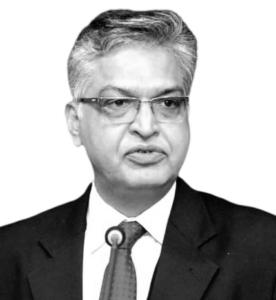
Furqan Qamar, former Adviser for Education in the Planning Commission, is a Professor of Management at Jamia Millia Islamia, New Delhi.

